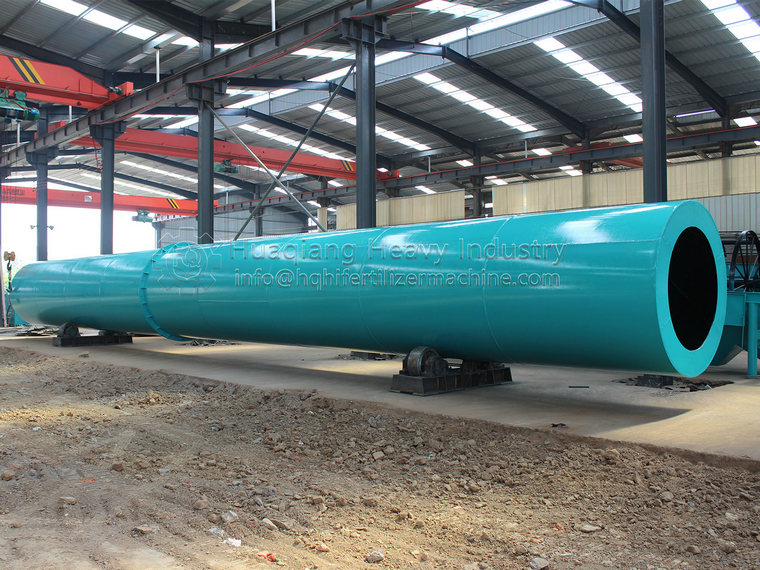Proper maintenance of organic fertilizer production equipment to increase granulation yield
Organic fertilizer equipment is simple and durable, in order to be able to use it well, it is very important to protect the equipment. Here are some protective measures.
1, the bearing in the equipment carries the full load of the machine, so the outstanding lubrication has a great relationship with the bearing life.
2, the lubricating oil directly affects the service life and operation rate of the organic fertilizer production line, so the lubricating oil required to be written is necessary to clean, the seal is necessary to be outstanding, and the rolling bearing roller bearing and all gear active bearings and sliding plane of the machine are the first oil filling place.
3, the tire of the new equipment is easy to loose, it is necessary to check often.
4, to regularly pay attention to the operation of various parts of the machine is normal.
5, pay attention to check the wear degree of easily worn parts, and pay attention to replace worn parts at any time.
6, organic fertilizer equipment moving equipment of the bottom frame plane, should be removed dust and other debris, to avoid the machine encountered can not break the material, the active bearing can not move on the bottom frame, resulting in serious accidents.
There are 5 daily maintenance elements to be done.
1. Machines and parts that have a significant impact on the system and have no maintenance time.
2. Patrol and inspect the oil supply, abnormal noise, vibration, temperature, etc. of the machine and parts; If these machines and parts are not inspected and processed daily, they may cause major accidents.
3. Although the impact on the system is relatively small, machines and parts that are prone to abnormal conditions.
4. Conduct corresponding inspections at the start and end of the day.
5. Regular inspection, adjustment, and cleaning of organic fertilizer equipment should be carried out.
.jpg)

.jpg)
.jpg)
.jpg)
.jpg)


